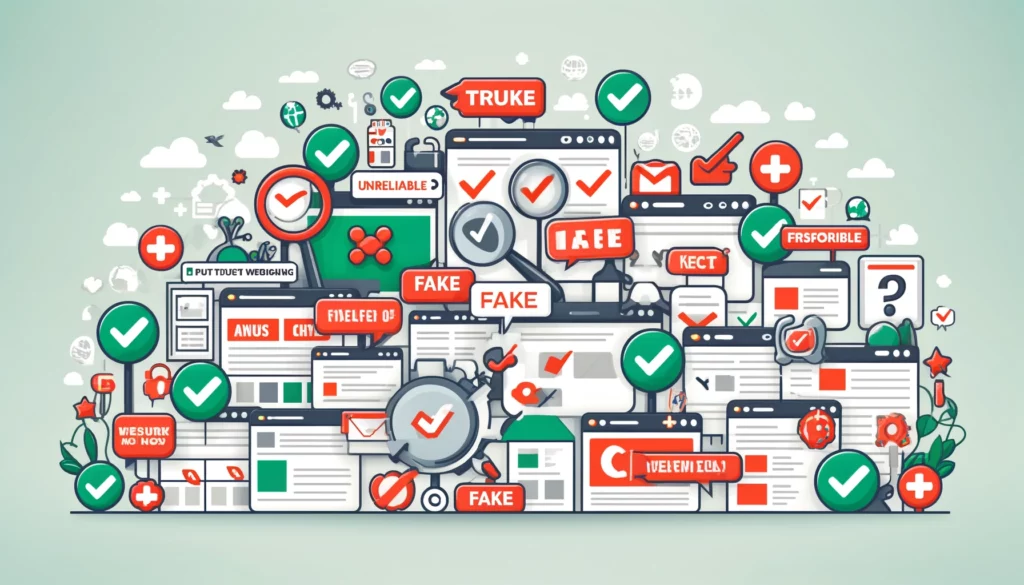In today’s world, misinformation and fake news have become a common problem that everyone must contend with. In the age of the internet and social media, false information can spread faster than ever before, misleading millions of people worldwide. Therefore, it is important for each of us to learn how to recognize and respond to fake news.
Identifying false information may seem like a daunting task, but there are many effective strategies and tools that can help us. This article provides a practical guide to help you identify fake news and protect yourself and others from misinformation.
Analyzing the Source
The first step in recognizing fake news is to thoroughly analyze the source of the information. Check if the website or social media profile where you found the information is reliable and known for its credibility. Many false news stories come from unknown, sensationalist sites that aim only to attract attention.
It is also worth paying attention to the author of the article. Is this person a recognized journalist or expert? If the author is anonymous or has little information about their background, it could be a sign that the news is fake.
Additionally, look for the same information on other, well-known and reputable news outlets. If the news appears only on one obscure site, it is more likely to be false.
Fact-Checking
The next step is to verify the facts presented in the article. There are many online tools, such as FactCheck.org, PolitiFact, and Snopes, that help verify the truthfulness of information. Using these tools, we can quickly find out if a given piece of information has already been checked and whether it was deemed true or false.
It is also useful to independently verify the data presented in the article. For example, if you are reading about an event that supposedly took place, look for additional sources that confirm this information. It is important to use trusted sources, such as reputable news agencies or government websites.
Analyzing Language and Style
False news often features sensational language and a dramatic tone. If an article seems overly emotional or overly dramatic, it may be a sign that you are dealing with fake news. Genuine news is usually presented in a more objective and balanced manner.
Also, pay attention to grammatical and stylistic errors. Credible sources of information maintain high-quality publications, while fake news creators often do not pay much attention to linguistic accuracy. Numerous errors can be a clue that the article is not reliable.
Checking Images and Videos
Images and videos can be just as misleading as texts. Many fake news stories include manipulated or out-of-context photos and videos. There are tools, such as Google Reverse Image Search, that allow you to check the origin of an image and whether it has been used before in a different context.
It is also worth checking the date and place where the photo or video was taken. Often, false news uses old materials, claiming they show current events. Tools like EXIF Viewer can provide information about the metadata of an image, which helps verify its authenticity.
Recognizing fake news is a skill that everyone should master in the age of widespread misinformation. By analyzing the source of information, fact-checking, analyzing language and style, and checking images and videos, we can effectively protect ourselves and others from false news.
Remember, each of us has an impact on the information circulating online. Be responsible for what you share and always try to verify whether what you read and pass on is true. In this way, we can collectively contribute to combating misinformation and building a more reliable information environment.
